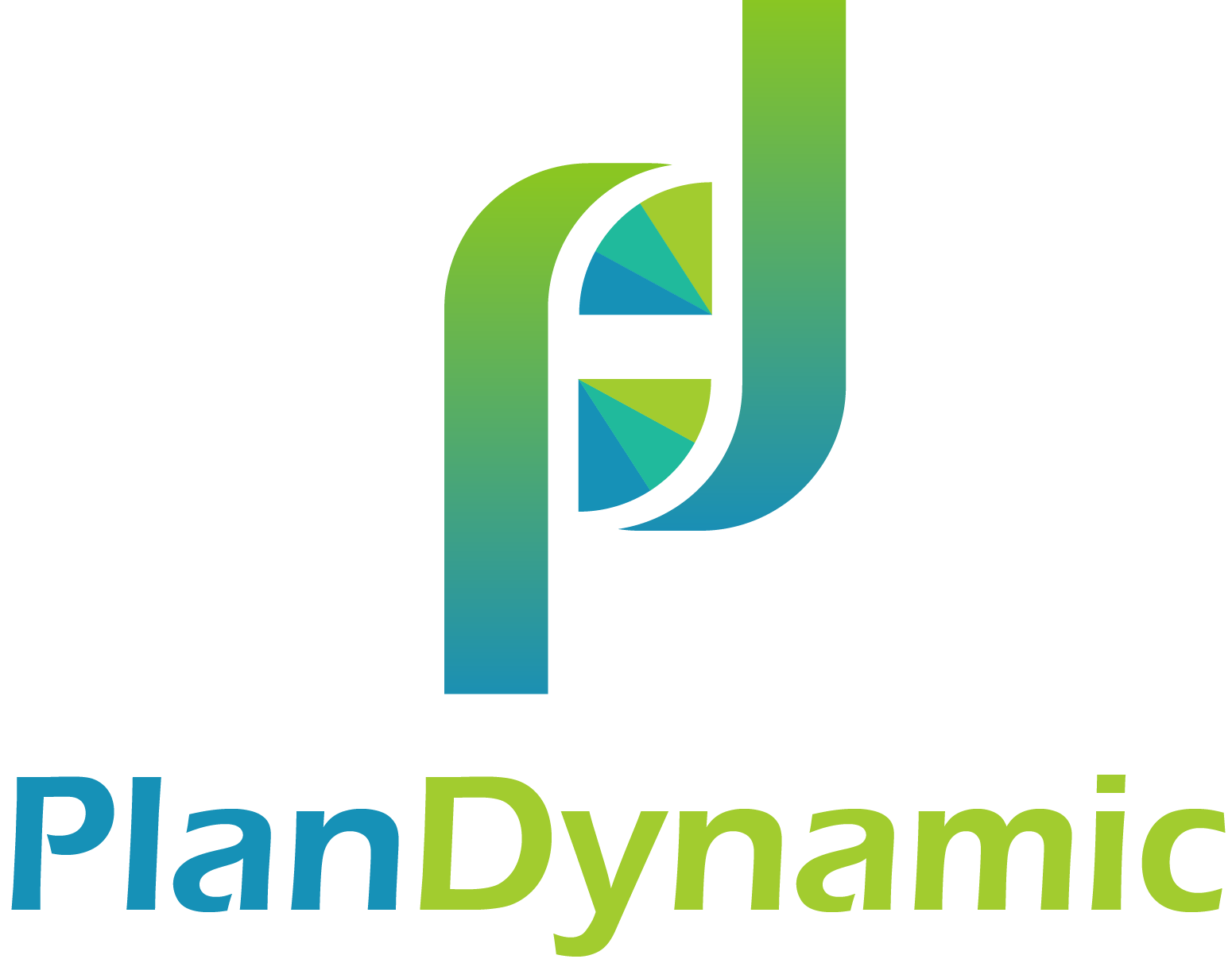Yes, Backdoor Roth and Roth Conversions Are Still Open to All.
Recall the news about Congress limiting retirement savings strategies including eligibility for Roth IRA conversions and eliminating Backdoor Roth?
Never mind.
Those were “proposals” in failed Build Back Better (BBB) legislation by the House of Representatives.
Does a revised BBB include the same proposals? Could the Senate remove during negotiations? Possible.
If passed, would it be retroactive for 2022? Very unlikely as a logistical nightmare for HR depts, administrators, IRS, and accountants.
In short, proceed as you were.
Why Roth IRAs?
Roth accounts are comprised of after-tax money and contributions offer no tax deductions.
A Roth offers tax-free growth potential, tax-free income distributions, and has no Required Minimum Distributions (RMDs). Recall the government requires Traditional IRAs to have a percentage withdrawn each year after age 72 and made taxable, regardless of need for funds.
A Roth should be the last account withdrawn in retirement. Therefore it has the longest investment time horizon and should hold more growth-oriented investments than Traditional IRAs or taxable accounts.
What is a Backdoor Roth IRA?
A legal way around the income limits ($144K Single or Head of Household, $214K Married, Filing Jointly for 2022) preventing contributions to Roth accounts. One contributes to a Traditional IRA, then converts to a Roth with tax implications.
What is a Roth conversion?
In moving savings from a traditional IRA into a Roth IRA, the conversion amount is taxed as ordinary income in the year of conversion.
Initially, only incomes (AGI) under $100K were allowed to do Roth conversions, but in 2010 Congress removed income limits, allowing anyone to do Roth conversions. Ironically, Build Back Better proposed income levels to be put back in place.
Should you do a Roth conversion?
It depends. Beyond your current tax situation, age, goals, and cash to pay taxes, there are several future considerations for analysis:
Will there be future years of lower taxable earnings to more favorably convert?
Have you projected your RMDs at age 72 and the resulting new tax bracket?
Will your state of residence change, if so what changes in taxation?
Your philosophy of future taxation by governments?
What are your estate planning wishes?
Other considerations:
The pro-rata rule and taxes. When converting, IRS combines all traditional IRA balances and asks which was nondeductible contributions, to determine what portion will not be taxable. The IRS doesn’t allow for choosing to convert only after-tax money.
Best to convert at year-end. Reduces range of Modified Adjusted Gross Income (MAGI) variables and improves converting to the top of the current tax bracket.
Not all-or-nothing. You can develop a plan to spread conversions over several years, even skip a year or two as needed pending MAGI levels and ability to pay taxes with non-IRA assets.
Before moving forward, work with your Certified Financial Planner to build your analysis. Once a Roth Conversion is done, it’s done, as IRS no longer lets you unwind (recharacterize).
In italics:
The opinions voiced in this material are for general information only and are not intended to provide specific advice or recommendations for any individual.
Glenn Brown is a Holliston resident and owner of PlanDynamic, LLC, www.PlanDynamic.com. Glenn is a fee-only Certified Financial Planner™ helping motivated people take control of their planning and investing, so they can balance kids, aging parents and financial independence
This article appeared in the February editions of Local Town Pages for Holliston, Natick, Ashland, Franklin, Hopedale, Medway/Mills, Bellingham and Norfolk/Wrentham.
Please call me at (508) 834-7733 or directly schedule a meeting to learn more about considerations for planning and investing so you can balance kids, aging parents and your financial independence.
PlanDynamic, LLC is a registered investment advisor. This article is intended to provide general information. It is not intended to offer or deliver investment advice in any way. Information regarding investment services are provided solely to gain a better understanding of the subject or the article. Different types of investments involve varying degrees of risk. Therefore, it should not be assumed that future performance of any specific investment or investment strategy will be profitable.
Market data and other cited or linked-to content in this article is based on generally-available information and is believed to be reliable. PlanDynamic, LLC does not guarantee the performance of any investment or the accuracy of the information contained in this article. PlanDynamic, LLC will provide all prospective clients with a copy of PlanDynamic, LLC’s Form ADV2A and applicable Form ADV 2Bs. You may obtain a copy of these disclosures on the SEC website at http://adviserinfo.sec.gov or you may Contact Us to request a free copy via .pdf or hardcopy.
